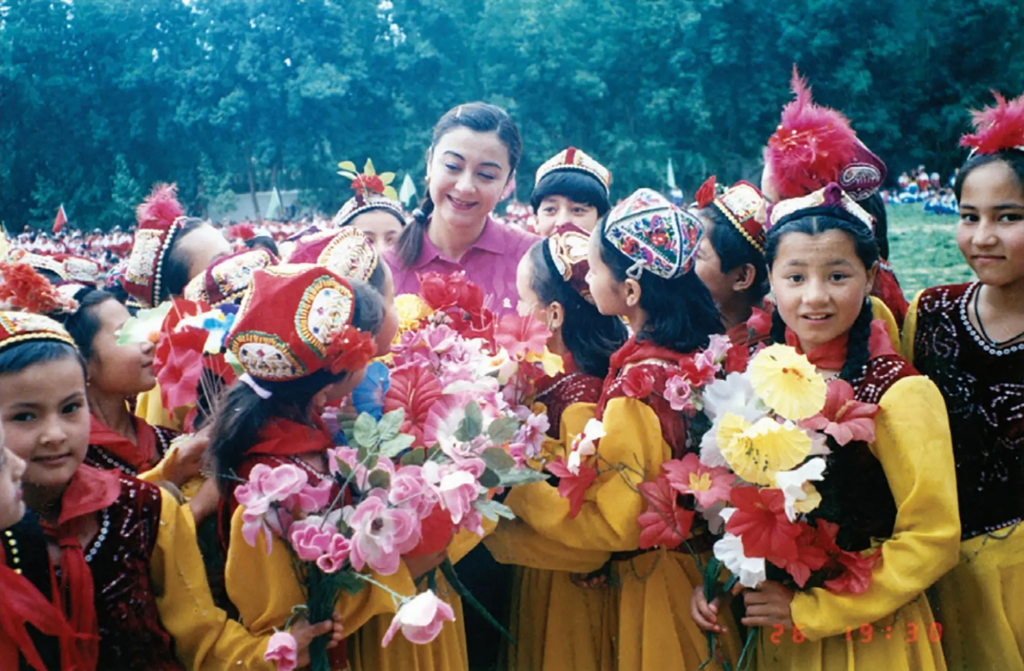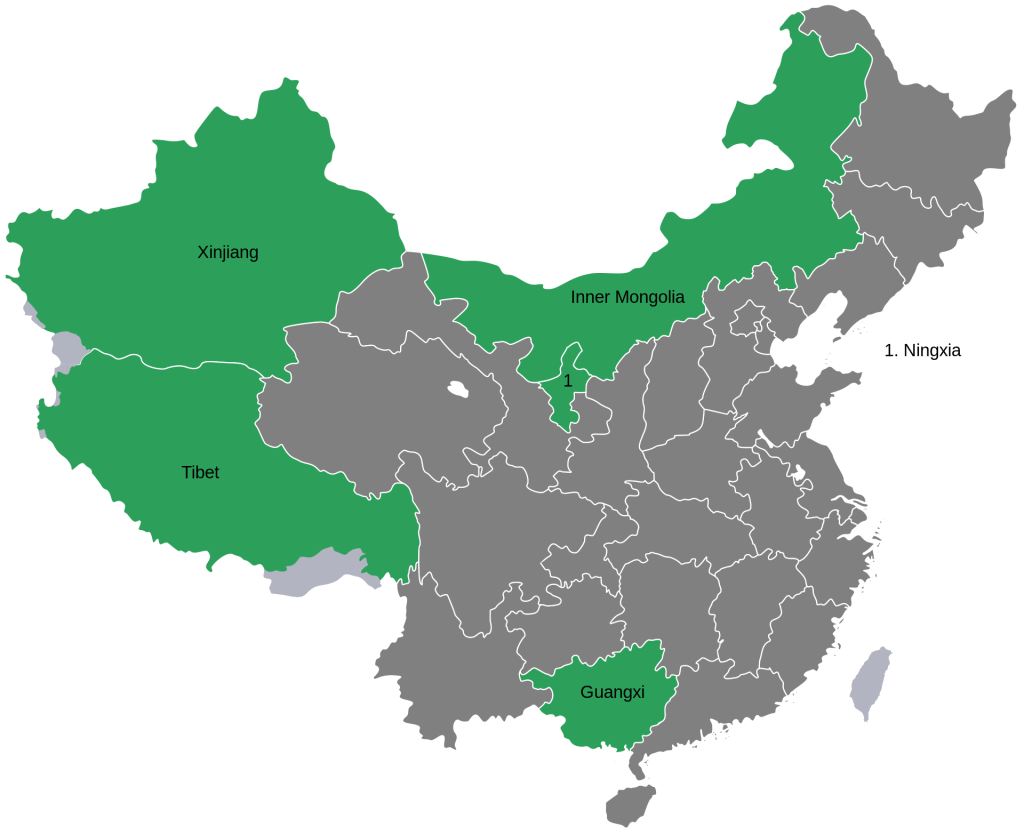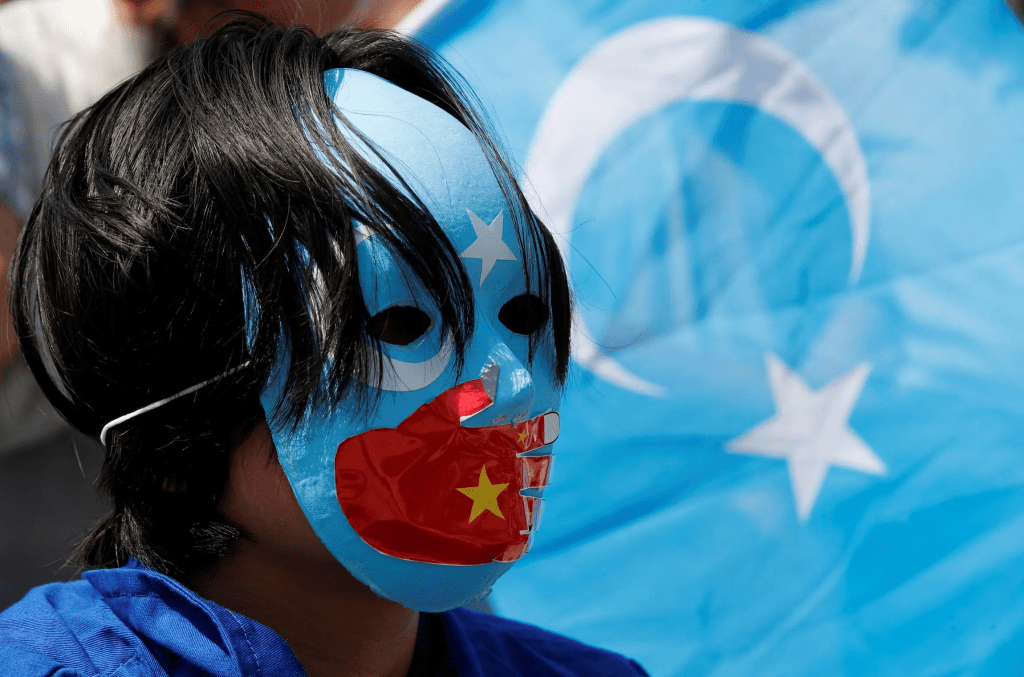In a world where progress and prosperity are often celebrated, the dark underbelly of human rights abuse remains a stark reality that we cannot afford to ignore. Unfortunately, to this day, we see examples of human rights abuse occurring all around the globe. These violations encompass any type of abuse that may harm someone’s human rights, including harm to communities, environments, and direct harm to people. Quite often, the victims of human rights abuse are minorities or indigenous peoples. One tragic example of this is the ongoing human rights abuses against Uyghurs and other ethnic minorities within Xinjiang, China.
The story of the Uyghurs
The Uyghurs are a Turkic ethnic group situated for the most part in northwestern China and Central Asian republics. They are one of the oldest Turkic-speaking peoples of Central Asia, with origins tracing back to the ancient nomadic tribes in the Mongolian region. Most Uyghurs are Muslim, and Islam is an important part of their life and identity. They consider themselves culturally and ethnically akin to nations in Central Asia. China recognises the Uyghurs as one of its 56 ethnic minority groups, and they have a population of around 12 million in Xinjiang. Xinjiang is the homeland of the Uyghur people. It was once called East Turkistan up until the conclusion of a bloody war with the Manchu Empire in 1884. Many Uyghurs see the name Xinjiang as a colonialist title and still refer to their homeland by its original name, East Turkistan.

Image source: NYPost
The Uyghurs Place In China
In 1955, Xinjiang was transitioned to become one of China’s five autonomous regions, becoming the Xinjiang Uygur Autonomous Region. At this time, the country’s majority ethnic group called Han accounted for just 6% of the region’s population. Whereas the minority ethnic groups like Uyghurs, Zhuang, Hui Miao, Manchu, Yi, and Tujia made up the remaining total. The establishment of this autonomous region led to a large number of Han moving into Xinjiang. This peaked within the late 20th century. The migration perhaps is also encouraged by the abundant oil and mineral reserves within Xinjiang. Han Chinese reportedly receive preferential treatment in securing high-paying jobs, contributing to resentment among the Uyghurs, a sentiment exacerbated by economic disparities. These disparities led to tensions between the Han and Uyghur populations, and a number of protests followed, including the 2009 Urumqi riots, which left almost 200 Han and Uyghur people dead.
The Persecution Of The Uyghur People
Driven by this rise in unrest, the Chinese government began cracking down on the disturbances within the Xinjiang region. In 2017, the Chinese government stepped up this crackdown. Citing security concerns, they installed security checkpoints, surveillance cameras, and constant police patrols in Uyghur-dominated areas. These increased surveillance measures were accompanied by the mass detainment of Uyghurs and other Muslims within the Xinjiang region. Mass detainments occur in what the Chinese government refers to as “vocational education and training centres”. Additionally, activists claim that the Chinese state has progressively restricted Uyghur commercial and cultural activities. Concerns have been raised about stringent limitations on Islam, including a decrease in the number of mosques and rigorous oversight of religious schools.
In a white paper, the State Council Information Office of the People’s Republic of China describes these centres. They list the aims of these centres as curbing terrorist activity, eradicating religious extremism, helping trainees acquire a better education and vocational skills, assisting with finding employment, increasing their incomes, and safeguarding long-term peace in Xinjiang. However, many countries have accused these centres of being places of human rights abuse, with some equating them to concentration camps.

Image source: Wikipedia
Life Within The Camps
Reports claim that the Chinese government has arbitrarily detained as many as a million Muslims, predominantly Uyghurs, in their training centres, often referred to as re-education camps. Acts as trivial as travelling to another country or religious devotion can lead to one being detained. Experts believe that these “re-education” efforts began in 2014. This is when China launched what they called the “Strike Hard Campaign against Violent Terrorism”. However, these efforts were drastically increased in 2017. Satellite imagery shows a large increase in the size of many of the camps between April 2017 and August 2018.
Within the camps, sources report that detainees are subjected to torture, forced labour, and political indoctrination. The parliaments of Canada and the Netherlands, along with the United States State Department, have accused China of committing genocide under international law. These accusations follow from a report that China has been attempting to suppress the Uyghur population. They achieve this by imposing mandatory birth control on Uyghur women. In this report, Adrian Zenz found that population growth in the largest Uyghur prefectures had declined by 84% between 2015 and 2018. Additionally, they revealed government documents mandating that birth control violations would be punishable by extrajudicial internment in the camps.

Image source: BBC.
The history of human rights in China
The Chinese Communist Party (CCP) used the term “human rights” to oppose the rule by the Kuomintang before the founding of the People’s Republic of China in 1949. However, after the founding of the People’s Republic of China, the words “human rights” vanished.
“Human rights” were replaced by “citizen’s rights” and “people’s rights”, explicitly reflecting the socialist nature of the Chinese state.
After the incidents of Tiananmen Square in 1989, the outside world suddenly increased its pressure on the Chinese regime. In response to this outcry, the Chinese government published a white paper titled “Human Rights in China” in 1991. The paper dictates the need for subsistence and economic development as a precondition to the full enjoyment of human rights. With the release of the white paper, it seemed that “human rights” had once again become an acceptable subject in China. Now, China views human rights as something that all human beings could share in common.
The current state of human rights in China
The ongoing foul treatment of the Uyghurs in Xinjiang and ethnic minorities in other autonomous regions (e.g., Tibet) is a huge step backward for China’s progress on human rights. In 2022, the UN published an assessment report of human rights concerns in Xinjiang. The report concluded that the extent of abuses occurring in the region “may constitute international crimes, specifically crimes against humanity“. In response to the statements made by the UN, China argued that the government’s actions in Xinjiang were done to protect social stability and that the accusation that their policies are based on discrimination is groundless. Additionally, they claimed that human rights for all in Xinjiang had improved.

Image source: HRW.
Xinjiang In The Current Day
In 2023, Chinese authorities continue to insist that all is well in Xinjiang; however, they still maintain tight access control to the region. These restrictions continue to make it difficult for outsiders to get an accurate representation of what is going on. Information in Xinjiang continues to leak out from insider accounts and satellite imagery. As of mid-2022, Human Rights Watch estimates that approximately half a million Uyghurs and other ethnic minorities remain imprisoned. Additionally, many Uyghurs living abroad still cannot contact their families or receive updates about their whereabouts. Within Xinjiang, reports claim that Chinese authorities continue to restrict many Uyghurs and other Turkic Muslims from fully observing Ramadan. This includes banning civil servants, students, and teachers from fasting.
There are claims from Xinjiang residents and tourists visiting the area that local authorities have scaled back their intrusive surveillance measures within the region. However, while China’s strict restrictions on the area remain, it is hard to verify the legitimacy of these claims. It seems like there is still a long way to go before the Uyghurs and other minorities of Xinjiang can live their lives free from persecution.
Achieving The United Nations Sustainable Development Goals (SDGs) And How They Link To preventing human rights abuse in Xinjiang
This month, the THRIVE Project focuses its sights on the United Nations sustainable development goals (SGD) numbers 16 and 17. SDG 16 aims to “promote peaceful and inclusive societies for sustainable development, provide access to justice for all and build effective, accountable and inclusive institutions at all levels”. This goal directly links to human rights violations. Regardless of their background, all humans should have access to justice and the right to live in a peaceful and inclusive society. Uyghurs and other ethnic minorities within Xinjiang have the right to live a life free from persecution. If SDG 16 is to be achieved, this vision will need to become a reality.
SDG 17 aims to “strengthen the means of implementation and revitalize the Global Partnership for Sustainable Development”. As mentioned earlier, human rights are essential to sustainable development. By fostering global partnerships, enhancing cooperation among countries, and encouraging the involvement of various stakeholders, SDG 17 contributes to creating an environment where nations can work together to address the root causes of human rights violations.
A Thrivable Framework
The THRIVE Project stands to create a future in which humans can not only survive but also thrive. Our mission is dedicated to securing the enduring welfare and “thrivability” of all humans and species on Earth.
We at THRIVE stand firmly against the human rights violations such as those occurring in Xinjiang. We will continue to spread awareness about this situation and others like it. THRIVE hopes that these efforts will enhance awareness and advocacy on such crucial topics.
If you would like to learn more about how our research works at The THRIVE Project visit our website. Additionally, you may follow our educational podcast series and blog articles, and also sign up for our newsletter for regular updates.